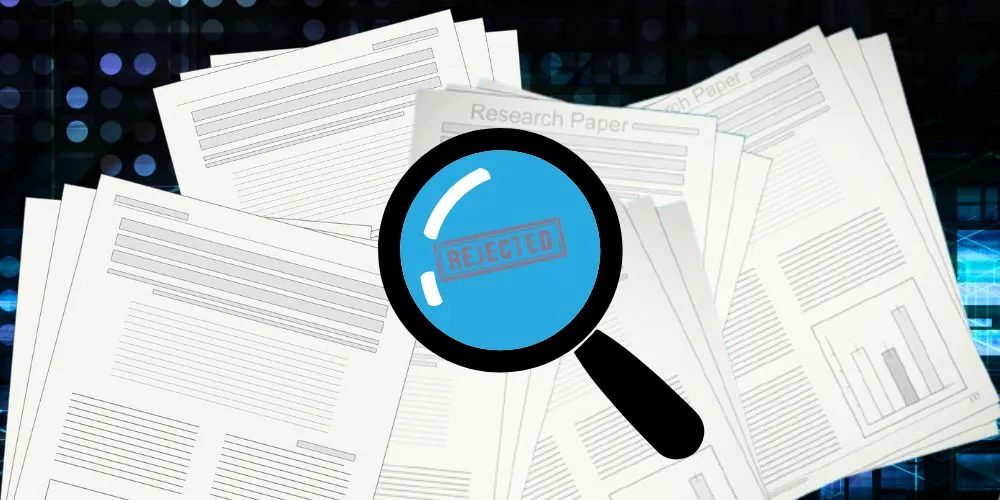Key Points:
- A review paper cited retracted studies in 60% of its references, leading to an investigation by IEEE.
- Cabanac has flagged over 1,700 papers citing retracted work; some authors support this initiative, while others contest it.
- IEEE, Springer Nature, and other publishers are exploring tools to better screen for retracted citations.
- There’s a push to correct or withdraw systematic reviews citing retracted studies, particularly in the medical field.
In January, a review paper presented at an IEEE conference was found to have cited retracted research in 60% of its references, highlighting an extreme case of problematic citations in academic literature. This discovery is part of a broader effort led by Guillaume Cabanac, a computer scientist at the University of Toulouse, France, to identify papers referencing retracted or questionable studies. Cabanac’s project, known as the Feet of Clay Detector, aims to prevent flawed research from spreading through scientific literature.
The IEEE paper is the second-most problematic in Nature’s analysis, with 18 out of 30 references being retracted. The IEEE has begun investigating after being alerted by Nature, which collaborated with Cabanac to analyze papers citing retracted work.
Cabanac’s detector lists findings on his website and platforms like PubPeer, identifying over 1,700 papers relying heavily on retracted studies. Some researchers have welcomed the alerts, while others argue that retractions occurring post-publication should not cast doubt on their original work.
Citing retracted studies doesn’t automatically discredit a paper, notes Tamara Welschot of Springer Nature. However, it signals a need for further scrutiny, especially in systematic reviews and meta-analyses, where retracted studies should prompt recalculations.
The initiative has sparked debate among researchers. Some, like Marcel Dinger from the University of Sydney, are reassessing their work, while others, like biologist María Sol Brassesco, feel unfairly targeted for citing retracted studies withdrawn after their publication. Meanwhile, publishers are increasingly adopting tools to detect such issues. Wiley and Elsevier are deploying databases and screening tools, while Springer Nature and IEEE are considering integrating Cabanac’s Feet of Clay Detector into their review processes.
Findings in the medical field, Cabanac emphasizes the need for vigilance in reviews, citing studies that were later proven fraudulent. Despite guidelines from the Cochrane Collaboration urging updates or retractions in these cases, authors often resist revising their work. New tools like RetractoBot, which alerts authors when their cited studies are retracted, aim to address this gap and reduce the citation of unreliable research.










